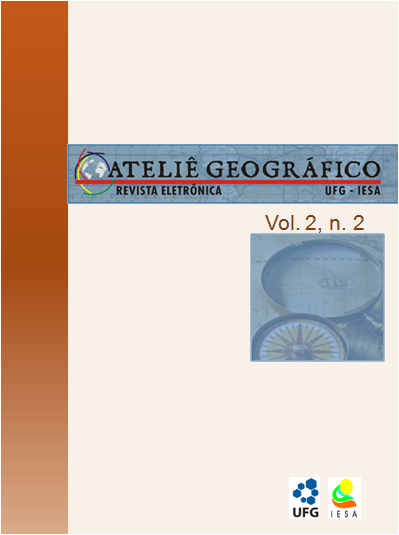LANDSCAPE AS VISUAL SYSTEM AND HOLISTIC: Proposal methodology for the environmental sustainability of visual quality, experienced in Manizales, Colombia Andean city
DOI:
https://doi.org/10.5216/ag.v2i2.4726Abstract
To contribute to the city general guidelines for action to contribute to the improvement and sustainability of the quality of urban environment, the landscape is conceptualized as a visual system and changing the empty urban space as relational, and within it, the surface Bounding as the skin of the buildings that make up those gaps, starting with the visual impact analysis and diagnosis trends. Its comprehensive study at the city contributes to the development of a visual culture that respects the pre-existing environmental, knows the current trends in information and communication and facilitate the visual qualities of desirable living environment.The methodology of visual analysis of the landscape suggests an approach to knowledge of the urban environment since the perception and visualization, synthesizes an outline of a reality that in the process of visual analysis found the key elements of their configuration and sight problems that must be controlled, like also visual possibilities to be intensified. The experimental application of the methodology of visual analysis was conducted in Manizales on the structural axis of the city; morphology the intricate, intense and close relationship to the natural landscape, motivated and gave guidelines to implement the ideas of reading involving visual landscape and urban environment. Key-Words: Landscape, urban environment, perception, space-time, visual reading, geomorphology, urban planning.Downloads
Download data is not yet available.
Downloads
Published
2008-09-07
How to Cite
ALZATE, A. G. LANDSCAPE AS VISUAL SYSTEM AND HOLISTIC: Proposal methodology for the environmental sustainability of visual quality, experienced in Manizales, Colombia Andean city. Ateliê Geográfico Journal, Goiânia, v. 2, n. 2, p. 1–17, 2008. DOI: 10.5216/ag.v2i2.4726. Disponível em: https://revistas.ufg.br/atelie/article/view/4726. Acesso em: 19 may. 2024.
Issue
Section
Articles
License
Autores que publicam nesta revista concordam com os seguintes termos:- Autores mantém os direitos autorais e concedem à revista o direito de primeira publicação, com o trabalho simultaneamente licenciado sob a Licença Creative Commons Attribution que permite o compartilhamento do trabalho com reconhecimento da autoria e publicação inicial nesta revista.
- Os autores não serão remunerados pela publicação de trabalhos na Revista Ateliê Geográfico. Além disso, os conteúdos publicados são de inteira e exclusiva responsabilidade de seus autores, ainda que reservado aos editores o direito de proceder a ajustes textuais e de adequação às normas da publicação.
- Autores têm permissão e são estimulados a divulgar seu trabalho online (ex.: em repositórios institucionais ou na sua página pessoal), já que isso pode gerar alterações produtivas, bem como aumentar o impacto e a citação do trabalho publicado (Veja O Efeito do Acesso Livre).


